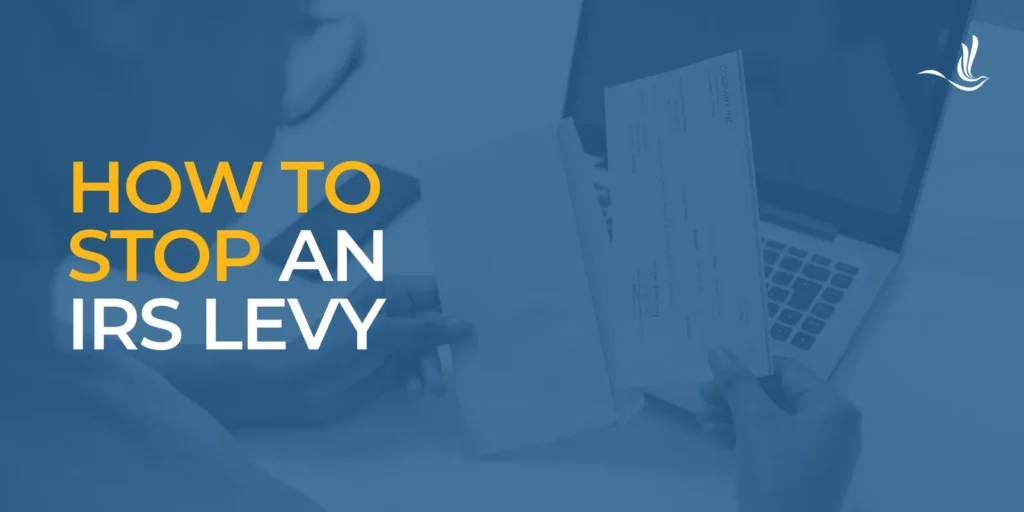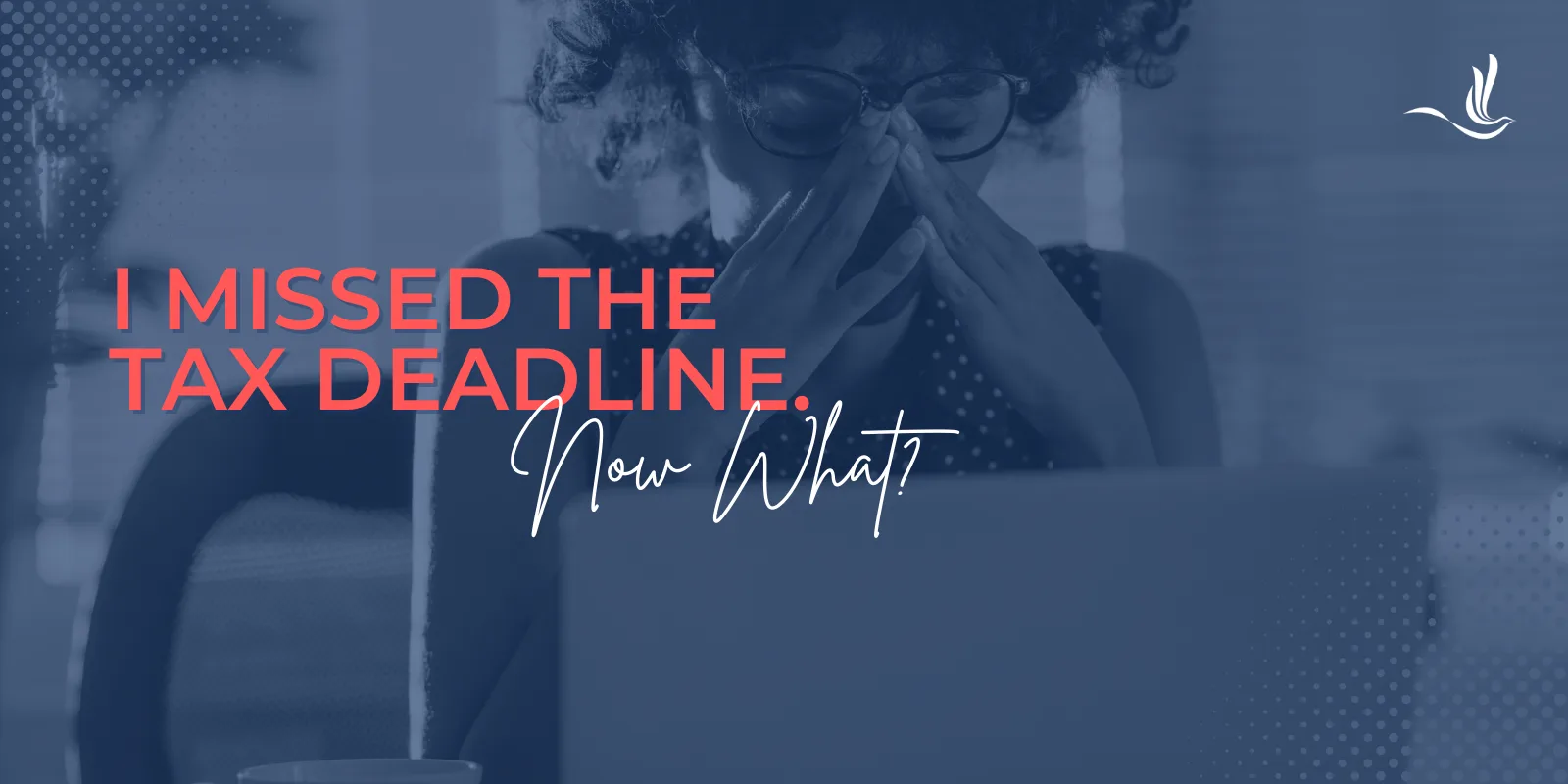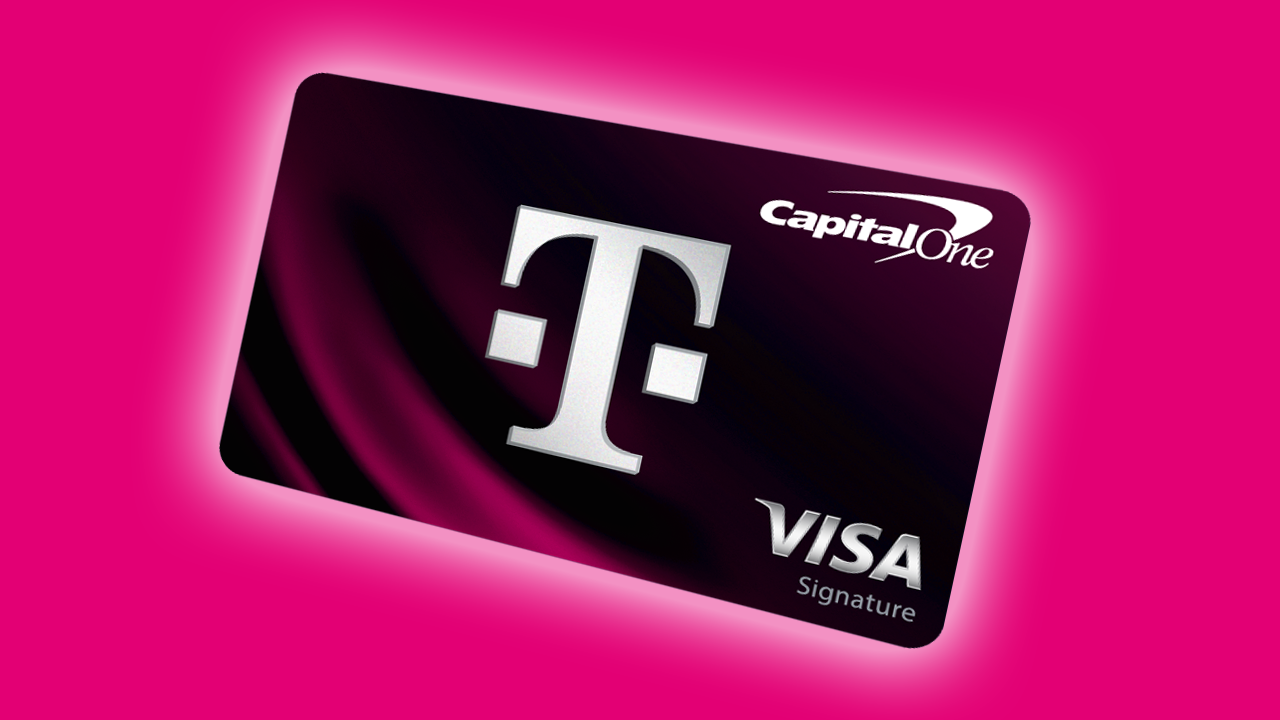An IRS levy is one of the most severe collection actions the IRS can take against a taxpayer who owes back taxes. Unlike a lien, which is a legal claim against your property, a levy actually allows the IRS to seize your assets to satisfy your tax debt. These can include wages, bank accounts, and other property. If you are facing a levy, the stakes are high, but there are options to stop it. Understanding these options and taking prompt action is crucial to preventing financial hardship and regaining control of your situation. Here is an overview of IRS levies, as well as some tips on how to stop them.
What is an IRS Levy?
An IRS levy is a legal action that allows the IRS to collect taxes owed by seizing a taxpayer’s property. This can include garnishing wages, freezing bank accounts, seizing vehicles, real estate, or other personal property. The IRS typically uses levies as a last resort after several attempts to collect the debt have been made through letters, phone calls, or notices. Before a levy is issued, the IRS sends a final notice called the Final Notice of Intent to Levy. This is also known as IRS Notice CP504 or LT11 and gives the taxpayer 30 days to resolve the debt.
Once a levy is in place, it can significantly disrupt a person’s financial life. For instance, wage garnishments may leave taxpayers with just enough to cover minimal living expenses. A levy on a bank account, on the other hand, can drain savings without warning. Fortunately, there are ways to stop an IRS levy, but acting quickly is key.
Key Options to Stop an IRS Levy
If you’re facing an IRS levy, several options are available to you. However, your options may depend on your situation and the stage of the collection process you are in. These options range from negotiating with the IRS to more formal legal actions.
Pay the Tax Debt in Full
The most straightforward way to stop an IRS levy is to pay off the full amount of taxes owed. Once the debt is satisfied, the IRS will release the levy, and any ongoing collections will cease. If your financial situation allows for this, it is the quickest solution. However, for many taxpayers, paying the entire balance is not realistic. In those cases, other options must be explored.
Enter into an Installment Agreement
If paying the full amount isn’t feasible, one of the most common options is to negotiate an Installment Agreement with the IRS. This arrangement allows you to make monthly payments toward your tax debt, spreading the burden over time.
Once an Installment Agreement is in place, the IRS will typically suspend any active levies. It’s important to note that interest and penalties will continue to accrue until the balance is paid in full, but this option provides immediate relief from the financial pressure of the levy. There are several types of Installment Agreements:
- Guaranteed Installment Agreement: This option is available if you owe $10,000 or less in taxes, have filed all your tax returns, and haven’t entered into an installment agreement within the last five years. If your total debt can be paid off within three years, the IRS is required to approve your request. This is an excellent option for those who meet the eligibility criteria because approval is automatic, and it stops the levy immediately.
- Streamlined Installment Agreement: Available to taxpayers who owe less than $50,000 and can pay the debt off within 72 months. This is a simpler process with fewer documentation requirements.
- Non-Streamlined Installment Agreement: For debts over $50,000 or payment terms longer than 72 months, additional documentation and negotiation may be required. You may need to disclose detailed financial information to show the IRS that you can’t pay the debt immediately.
- Partial Payment Installment Agreement (PPIA): This agreement allows taxpayers to make lower payments if they cannot afford full payments. It’s structured so that payments are based on what the taxpayer can afford rather than the full balance. While the IRS may review your financial situation periodically, this can offer significant relief if you’re struggling to pay.
Submit an Offer in Compromise (OIC)
Previously known as the IRS Fresh Start program, an Offer in Compromise allows taxpayers to settle their tax debt for less than the full amount owed if they can demonstrate that paying the full debt would cause financial hardship or that the debt amount is in question. The IRS reviews factors like income, expenses, and asset equity before accepting an OIC.
To stop a levy through an OIC, the taxpayer must first submit the offer. The IRS will temporarily halt collection actions, including levies, while the offer is under review. However, this option is not easy to qualify for. In fact, only a small percentage of OIC applications are accepted each year. It’s essential to provide complete and accurate financial information to the IRS when applying for an OIC. They’ll use this application to scrutinize your ability to pay. If approved, the levy will be lifted, and you’ll have a clean slate. However, failing to adhere to the terms can lead to reinstatement of collection efforts.
Request a Collection Due Process (CDP) Hearing
If you received a Final Notice of Intent to Levy, you are entitled to request a Collection Due Process (CDP) hearing within 30 days. During the CDP hearing, you can argue your case for why the levy should not be imposed, negotiate a payment arrangement, or propose alternative solutions such as an Offer in Compromise or Installment Agreement.
Filing for a CDP hearing automatically halts the levy process while your case is being reviewed. This can give you valuable time to negotiate with the IRS or resolve your tax issues. However, if you miss the 30-day deadline to request a CDP hearing, you still have an option for an Equivalent Hearing. However, this will not automatically stop the levy. It’s critical to act within the 30-day window for the best chance at immediate relief.
Demonstrate Financial Hardship
If the levy causes undue financial hardship, you may be able to convince the IRS to release it. The IRS may declare you Currently Not Collectible (CNC) if you can prove that the levy leaves you without enough money to cover basic living expenses. Once you are classified as Currently Not Collectible, the IRS will halt all collection actions. This includes levies, although interest and penalties will continue to accrue on your balance. This status is reviewed periodically, and if your financial situation improves, the IRS may resume collection efforts. To apply for CNC status, you will need to provide detailed financial information, including income, expenses, and assets. It’s advisable to work with a tax professional to ensure that the application is thorough and accurate.
File for Bankruptcy
Filing for bankruptcy is an option of last resort that can halt IRS collection actions, including levies. When you file for bankruptcy, an automatic stay goes into effect, which temporarily stops all collections, including IRS levies. The type of bankruptcy you file will determine the long-term outcome of your tax debt. In some cases, bankruptcy can discharge older tax debts, but recent debts or those resulting from unfiled tax returns may not be eligible for discharge. Additionally, bankruptcy is a complex legal process, and its impact on your credit and financial situation should be carefully considered.
Preventing an IRS Levy in the Future
Stopping an IRS levy is crucial, but preventing one in the first place is equally important. Taxpayers can avoid levies and other aggressive collection actions by staying on top of their tax obligations and communicating with the IRS if financial difficulties arise.
- File tax returns on time: Even if you can’t pay your tax balance in full, filing your return on time can help you avoid penalties and demonstrate to the IRS that you’re making an effort to comply.
- Pay as much as you can: Making partial payments, even if you can’t pay the full amount, shows good faith and may prevent more aggressive collection efforts.
- Seek professional help: Tax professionals, such as enrolled agents or tax attorneys, can help you negotiate with the IRS, set up payment plans, or explore alternative solutions to your tax issues.
Tax Help for Those Being Levied by the IRS
Facing an IRS levy can be a stressful and financially draining experience, but taxpayers have several options to stop a levy and resolve their tax debt. Whether through payment plans, settlement offers, or legal actions like filing for bankruptcy or requesting a CDP hearing, there are ways to regain control of your financial situation. The key is to act quickly, stay informed, and seek professional assistance when necessary to navigate the complexities of IRS collections. Optima Tax Relief is the nation’s leading tax resolution firm with over $3 billion in resolved tax liabilities.
If You Need Tax Help, Contact Us Today for a Free Consultation
Publisher: Source link











